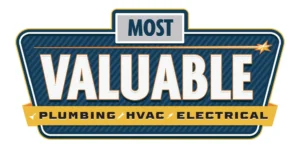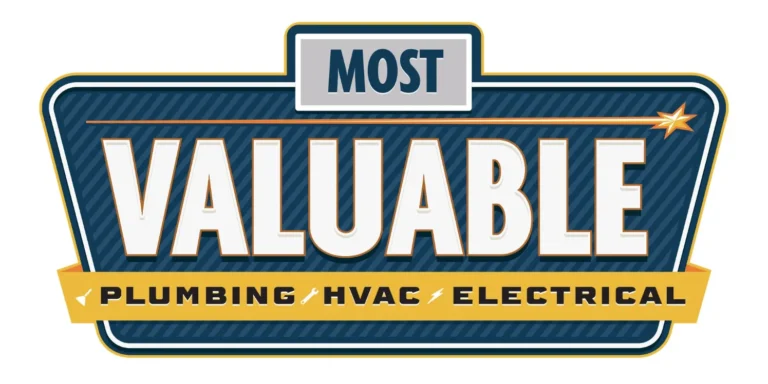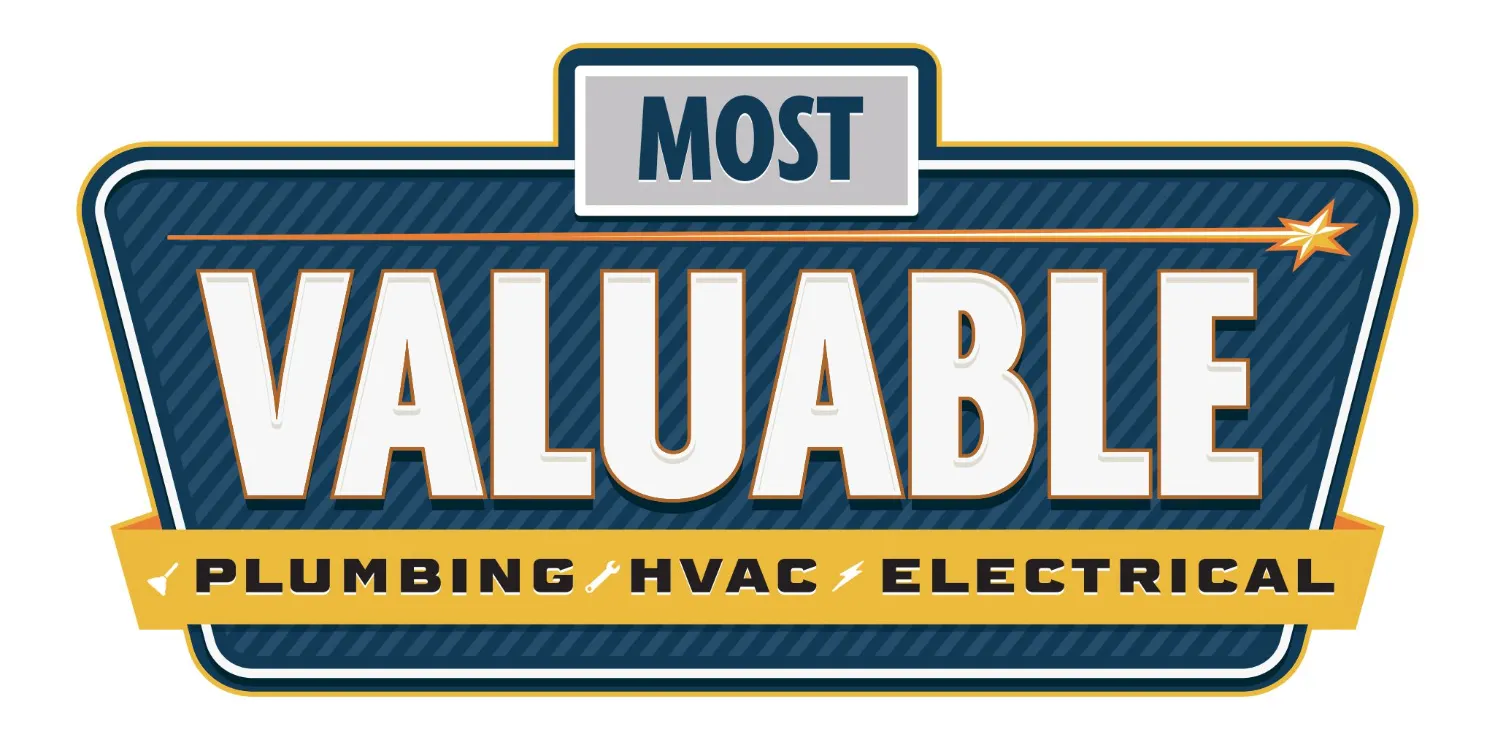Plumbing fixtures are the unsung heroes of our homes, quietly ensuring that we have access to clean water, functional kitchens, and refreshing showers. Whether you’re building a new home or renovating an existing one, choosing the right plumbing fixtures is a crucial decision that can greatly impact your daily life and the aesthetics of your living spaces. In this step-by-step guide, we’ll walk you through the process of selecting the perfect plumbing fixtures to meet your needs and enhance your home.
The Basics of Plumbing Fixtures
Understanding the Essentials
Before we dive into the selection process, let’s cover some plumbing fixture basics. Plumbing fixtures are devices that provide a specific function in your home’s plumbing system. Common examples include faucets, sinks, toilets, showers, and tubs. These fixtures come in various styles, sizes, and materials, allowing you to personalize your home’s plumbing to match your preferences and needs. Materials Matter Plumbing fixtures can be made from a range of materials, including chrome, stainless steel, brass, porcelain, and more. The choice of material not only affects the aesthetics of your fixtures but also their durability and maintenance requirements.
For example, stainless steel fixtures are known for their longevity and resistance to corrosion, making them a popular choice for kitchens and bathrooms. Styles and Designs Plumbing fixtures are available in an array of styles and designs to suit different interior themes and personal tastes. Whether you prefer a sleek and modern look or a classic and traditional style, there are fixtures to match your vision. Consider the overall design of your home and the aesthetic you want to achieve when choosing fixtures.
Step 1: Assess Your Needs
Matching Fixtures to Functionality The first step in selecting the perfect plumbing fixtures is to assess your needs. Consider the primary functions of each fixture and how they align with your daily routines and lifestyle. Here’s a breakdown of some common fixtures and their considerations:
Faucets Usage: Faucets are used for tasks like handwashing, dishwashing, and cooking. Consider the location and purpose of each faucet in your home.
Style: Faucets come in various styles, including single-handle, double-handle, and touchless options. Choose a style that complements your kitchen or bathroom design.
Sinks Functionality: Determine the primary use of each sink, whether it’s for food preparation, handwashing, or personal grooming.
Size: Consider the available space and choose a sink size that fits comfortably while allowing room for other activities.
Toilets Efficiency: Look for water-efficient toilets that help conserve water without sacrificing performance. Check for the Water Sense label for certified products. Style: Toilet designs range from traditional to contemporary. Select a style that matches your bathroom decor.
Showers and Tubs Shower Type: Decide between a shower stall, bathtub, or a combination of both based on your bathing preferences and available space.
Features: Explore options like rain showerheads, handheld showerheads, and body sprays for a spa-like experience.
Step 2: Set a Budget
Balancing Quality and Affordability Once you’ve determined your needs, it’s time to establish a budget. Plumbing fixtures come in a wide price range, and it’s essential to strike a balance between quality and affordability. Consider the following tips:
Prioritize High-Use Areas: Allocate a larger portion of your budget to fixtures in high-traffic areas like the kitchen and primary bathroom. These fixtures should be durable and built to last.
Research Prices: Take the time to research prices and compare options from different manufacturers. Don’t forget to consider additional costs like installation.
Quality Matters: Invest in quality fixtures for long-term durability and performance. High-quality fixtures may have a higher upfront cost but can save you money on maintenance and replacements in the long run.
Step 3: Choose Water-Efficient Fixtures
Eco-Friendly and Cost-Saving Options In today’s environmentally conscious world, water conservation is a crucial consideration when choosing plumbing fixtures. Water-efficient fixtures not only reduce your environmental footprint but also save you money on water bills. Look for the following eco-friendly options:
Low-Flow Faucets: Low-flow faucets are designed to reduce water consumption by maintaining adequate water pressure while using less water. These fixtures are ideal for both kitchen and bathroom sinks.
Dual-Flush Toilets: Dual-flush toilets offer two flush options: one for liquid waste and a stronger flush for solid waste. This flexibility allows you to use less water when appropriate.
Water-Saving Showerheads: Water-saving showerheads are designed to provide a satisfying shower experience while conserving water. Look for showerheads with the WaterSense label for certified water efficiency.
Step 4: Consider Maintenance and Cleaning
Keeping Fixtures Looking Great Plumbing fixtures require regular maintenance to keep them looking and functioning their best. Consider the ease of maintenance when selecting fixtures. Here are some factors to keep in mind:
Ease of Cleaning: Choose fixtures with smooth surfaces and minimal crevices where dirt and grime can accumulate. This makes cleaning easier and more efficient.
Durability: Opt for fixtures made from materials that are resistant to corrosion and staining. Stainless steel and porcelain, for example, are known for their durability and ease of cleaning.
Sewer Cleaning Significance: Don’t overlook the significance of regular sewer maintenance. Just as dirt can diminish the shine and function of fixtures, clogs in your sewer lines can spell plumbing disasters. Keeping up with routine sewer cleanings can help spot potential hiccups early on, making sure your drainage runs seamlessly.
Finishes: Consider the finish of your fixtures. Chrome and stainless steel finishes are not only visually appealing but also relatively low-maintenance.
Step 5: Seek Professional Advice
Consulting with Experts If you’re unsure about the right plumbing fixtures for your home, don’t hesitate to seek professional advice. Plumbers and interior designers can offer valuable insights and recommendations based on your specific needs and budget.
Conclusion
Selecting the perfect plumbing fixtures for your home is a multifaceted process that involves assessing your needs, setting a budget, prioritizing water efficiency, considering maintenance requirements, and seeking expert advice when needed. By following this step-by-step guide and keeping these considerations in mind, you’ll be well-equipped to choose fixtures that enhance the functionality and aesthetics of your living spaces while meeting your eco-friendly and budgetary goals.
Are plumbing issues causing you stress? Turn to the pros at Most Valuable Plumber! Dial 855-458-9170 or explore Most Valuable Plumber to book your appointment. Your home deserves top-tier plumbing solutions!
FAQs
Are there any government incentives for choosing water-efficient fixtures?
Yes, some regions offer rebates or tax incentives for installing water-efficient plumbing fixtures. Check with your local water utility or government for available programs.
What is the difference between single-handle and double-handle faucets?
Single-handle faucets have one lever or knob to control both hot and cold water, making temperature adjustments easier. Double-handle faucets have separate handles for hot and cold water, providing more precise control over water temperature.
Can I install plumbing fixtures myself, or should I hire a professional?
While some fixture installations can be DIY projects, it’s advisable to hire a professional plumber for more complex installations to ensure safety and compliance with local building codes.
Do plumbing fixtures come with warranties?
Many plumbing fixtures come with warranties that cover manufacturing defects. Be sure to read and understand the warranty terms before purchasing fixtures to know what is covered and for how long.
Call to schedule prompt service with Most Valuable Plumber: (818) 697-8263
Los Angeles County
Orange County
Ventura County


